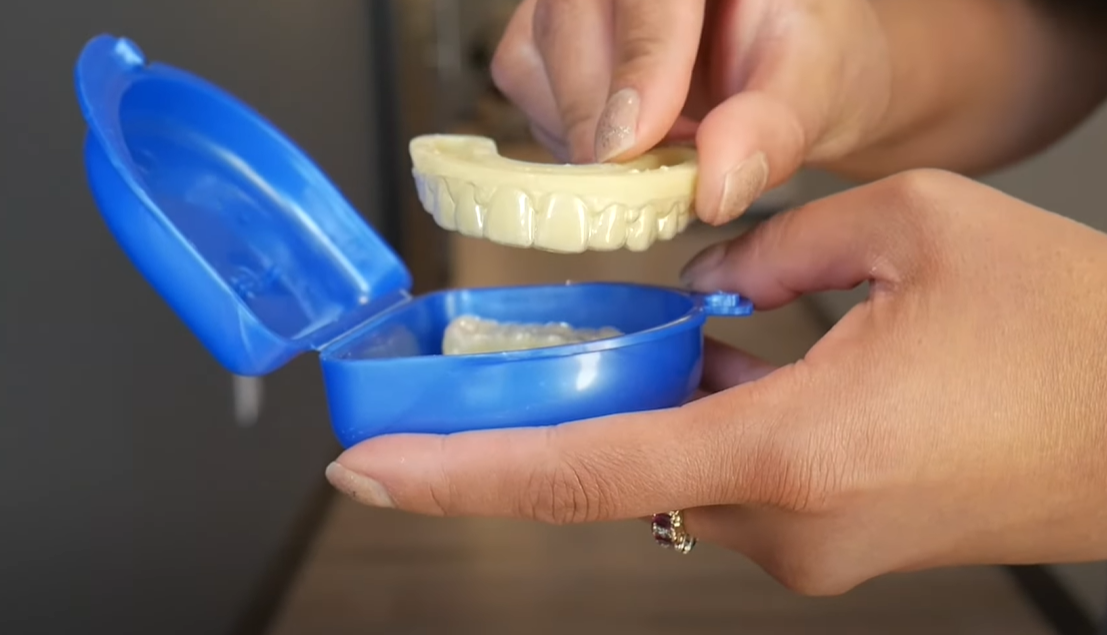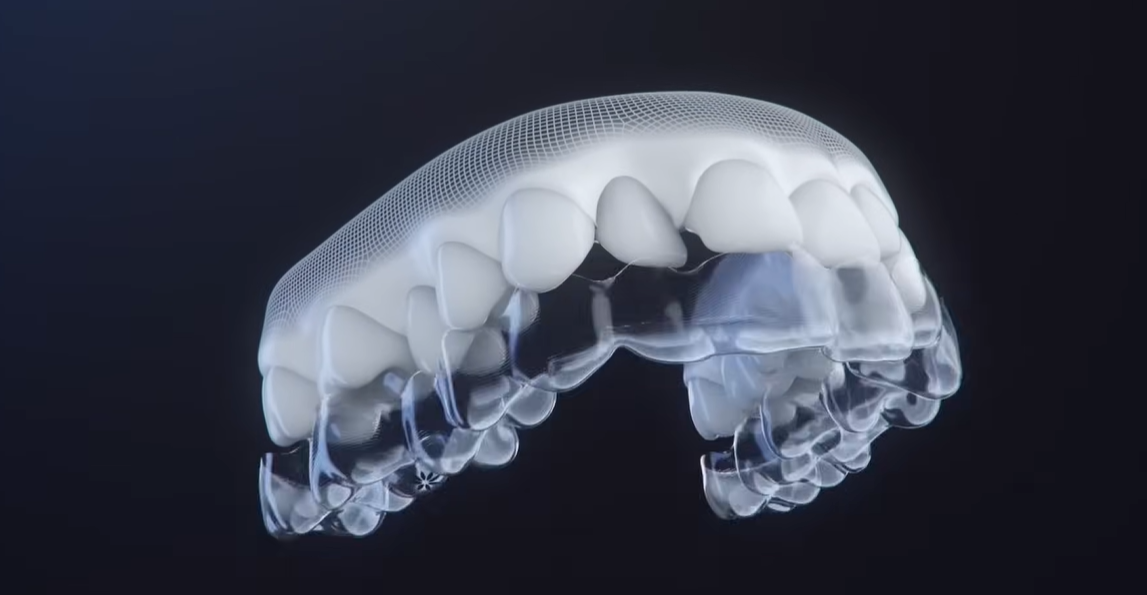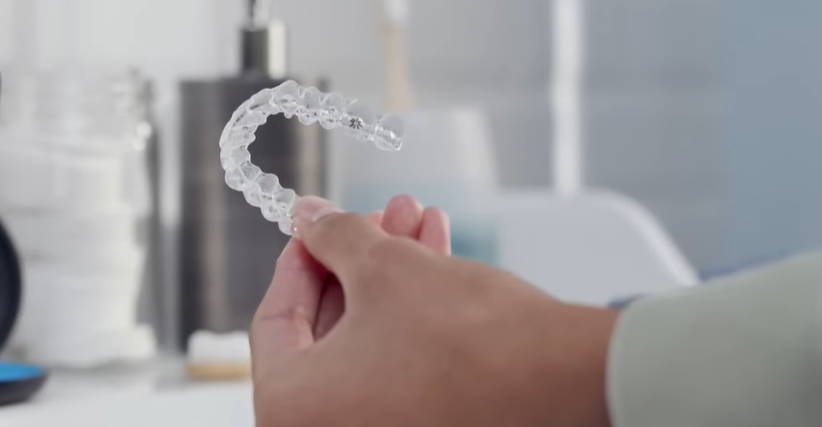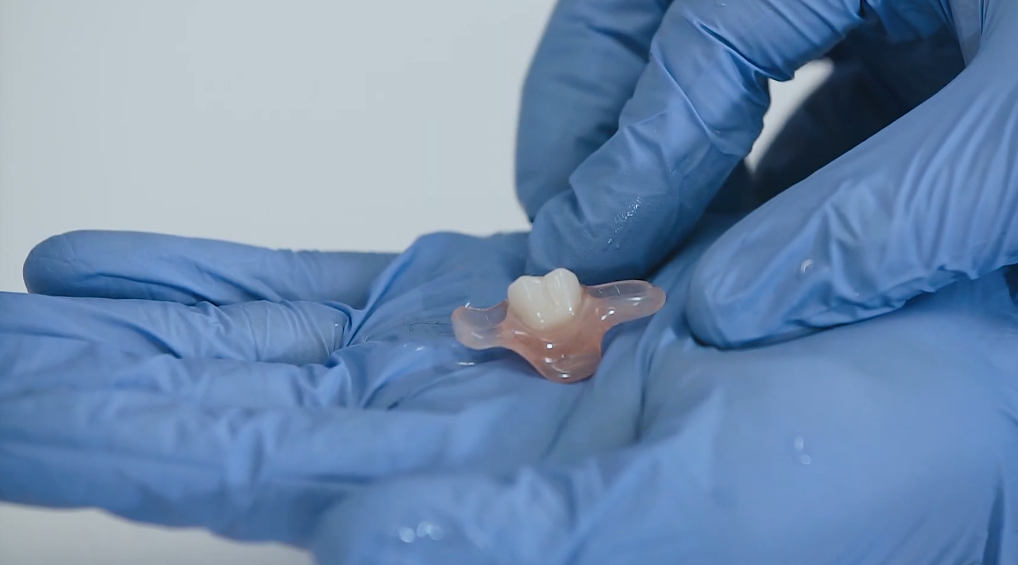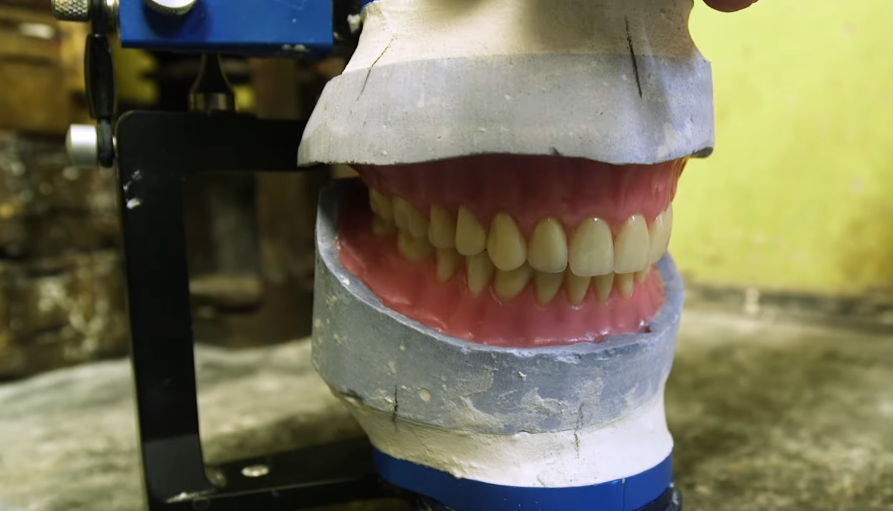If you buy through links on our site, we may earn a small affiliate commission to help support the blog - at no extra cost to you. It never influences our product selection process. Thank you!
Do you know what makes a dental bridge so effective at restoring your smile? A bridge consists of several crucial components working together to replace missing teeth while maintaining both function and aesthetics.
Dental bridges have transformed countless smiles by filling gaps with natural-looking replacements. When your dentist recommends a bridge, understanding its parts—pontics, retainers, abutments, and connectors—helps you appreciate the engineering behind this remarkable dental solution. Each component plays a vital role in creating a restoration that looks, feels, and functions like your natural teeth.
What Is a Dental Bridge: Understanding This Restorative Option
A dental bridge fills the gap created by one or more missing teeth. This custom-made prosthetic device consists of the components we discussed earlier—pontics, retainers, abutments, and connectors—working together to restore your smile’s function and appearance. Dental bridges are fixed in place by attaching to natural teeth or implants on either side of the empty space, creating a literal “bridge” across the gap.
Several patients at our practice have experienced life-changing results with dental bridges. Jane, a 45-year-old teacher, came to us after losing two premolars due to severe decay. “I couldn’t smile confidently in front of my students,” she shared. After receiving a traditional dental bridge, Jane regained not just her smile but also her confidence in the classroom.
Dr. Harris often explains to patients that dental bridges serve multiple purposes beyond aesthetics. They prevent remaining teeth from drifting out of position, maintain your face shape, restore your ability to chew and speak properly, and distribute bite forces evenly across your mouth. Without replacing missing teeth, adjacent teeth may shift, creating new gaps and potentially causing bite problems or TMJ disorders.
Dental bridges typically last 5-15 years with proper care, making them a durable solution for tooth replacement. The longevity depends on several factors including oral hygiene practices, regular dental checkups, and avoiding habits like chewing ice or using teeth as tools.
Your bridge’s success relies on the health of the supporting teeth or implants. Strong, healthy abutment teeth provide a solid foundation for your dental bridge, ensuring it remains stable and functional for years to come.
The Major Components of a Dental Bridge
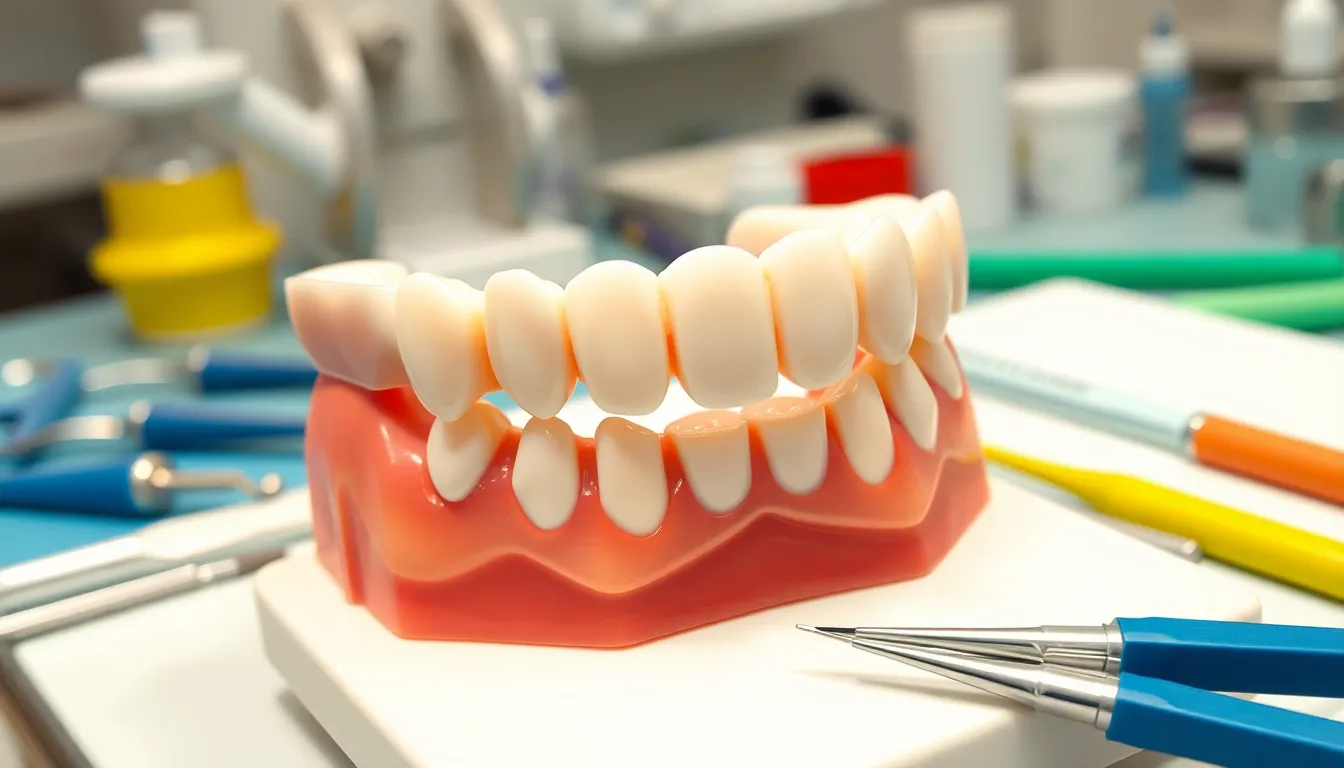
A dental bridge consists of several precisely engineered components that work together to replace missing teeth and restore your smile. Each part plays a crucial role in ensuring the bridge functions properly while looking natural.
Pontic: The Artificial Tooth Replacement
The pontic serves as the artificial tooth that fills the gap where your natural tooth once existed. These replacement teeth are typically crafted from durable materials such as porcelain, zirconia, or porcelain-fused-to-metal (PFM). Material selection depends on factors like the location in your mouth, desired aesthetics, and the amount of bite force the area receives. Pontics are carefully designed to match the color, shape, and size of your surrounding natural teeth, creating a seamless appearance. Dr. Harris notes, “Many patients can’t tell which tooth is the pontic after their bridge is placed—that’s how natural they look when properly crafted.”
Abutment Teeth: The Supporting Structure
Abutment teeth provide the foundation for your dental bridge, acting as anchors on either side of the gap. These natural teeth undergo preparation through reshaping or filing down to accommodate the crowns that will hold the pontic in place. For implant-supported bridges, dental implants replace natural teeth as abutments. The strength and health of these supporting structures directly impact the longevity of your bridge. During a recent consultation, one patient expressed concern about modifying her healthy teeth, but after understanding how the abutment teeth distribute bite forces and stabilize the entire restoration, she felt confident moving forward with treatment.
Types of Dental Bridges and Their Unique Parts
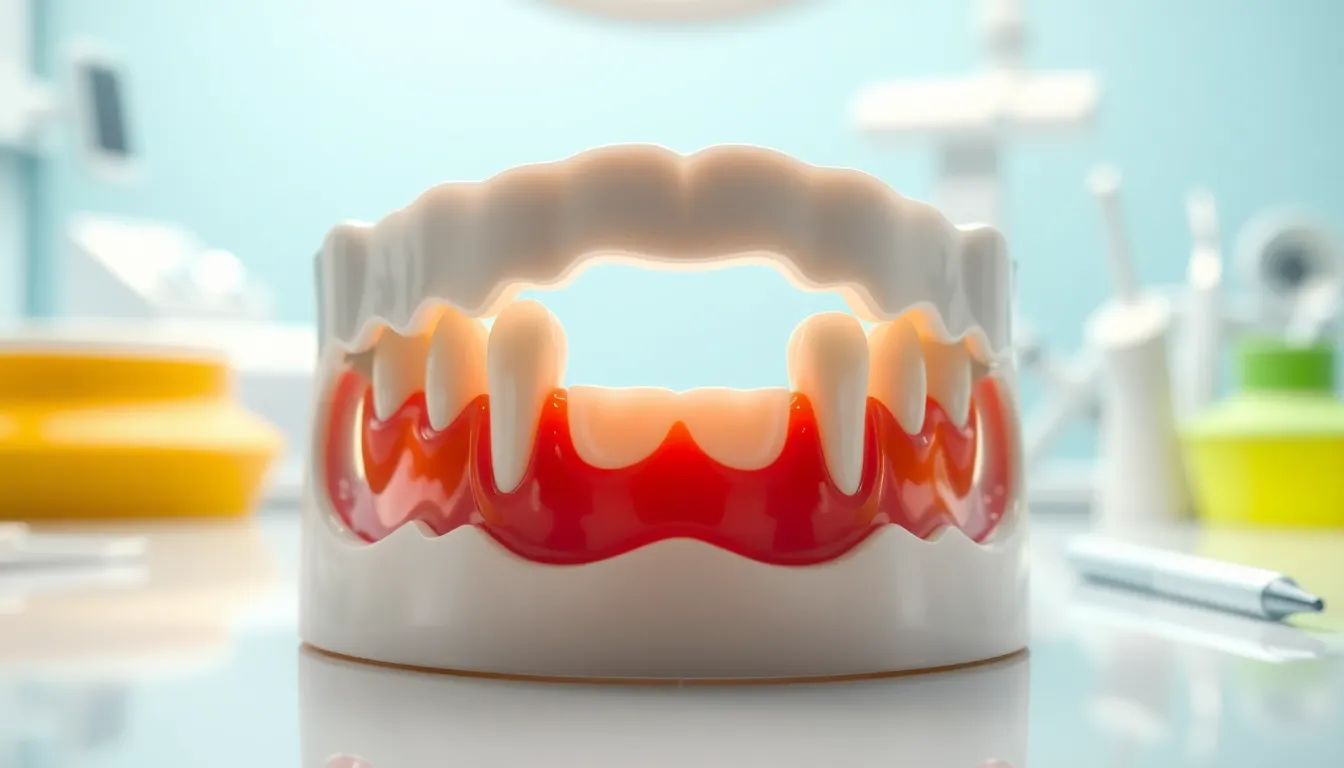
Dental bridges come in several distinct varieties, each designed to address exact patient needs and anatomical considerations. Each type features unique structural components that contribute to its functionality, durability, and aesthetic appeal.
Traditional Fixed Bridges
Traditional fixed bridges represent the most common bridge configuration used in restorative dentistry. These bridges consist of crowns placed on abutment teeth on both sides of the gap with pontics positioned between them. The structure requires healthy teeth on either side of the gap to serve as anchors, providing stability during daily functions like chewing and speaking. Dr. Todd B. Harris notes, “Traditional bridges remain popular because they distribute biting forces evenly across multiple anchor points, creating a restoration that feels natural to patients.”
Cantilever Bridges
Cantilever bridges offer a solution when only one adjacent tooth exists next to the missing tooth space. Unlike traditional bridges, cantilever designs attach the pontic to a crown on a single abutment tooth. This configuration places more stress on the supporting tooth since it bears the entire load of the restoration. One patient, Melissa, shared her experience: “I only had one healthy tooth adjacent to my missing molar, so my dentist recommended a cantilever bridge. While it required extra attention to cleaning, it perfectly restored my ability to chew on that side again.”
Maryland (Resin-Bonded) Bridges
Maryland bridges feature a minimally invasive design that preserves more natural tooth structure. These bridges use a metal or porcelain framework bonded to the backs of adjacent teeth with special resin, requiring significantly less tooth preparation than traditional options. The distinguishing components include wings that attach to the lingual (tongue-side) surfaces of the abutment teeth rather than full crowns. Maryland bridges work particularly well for front teeth replacements where aesthetic concerns are paramount and biting forces are less intense.
Materials Used in Modern Dental Bridges
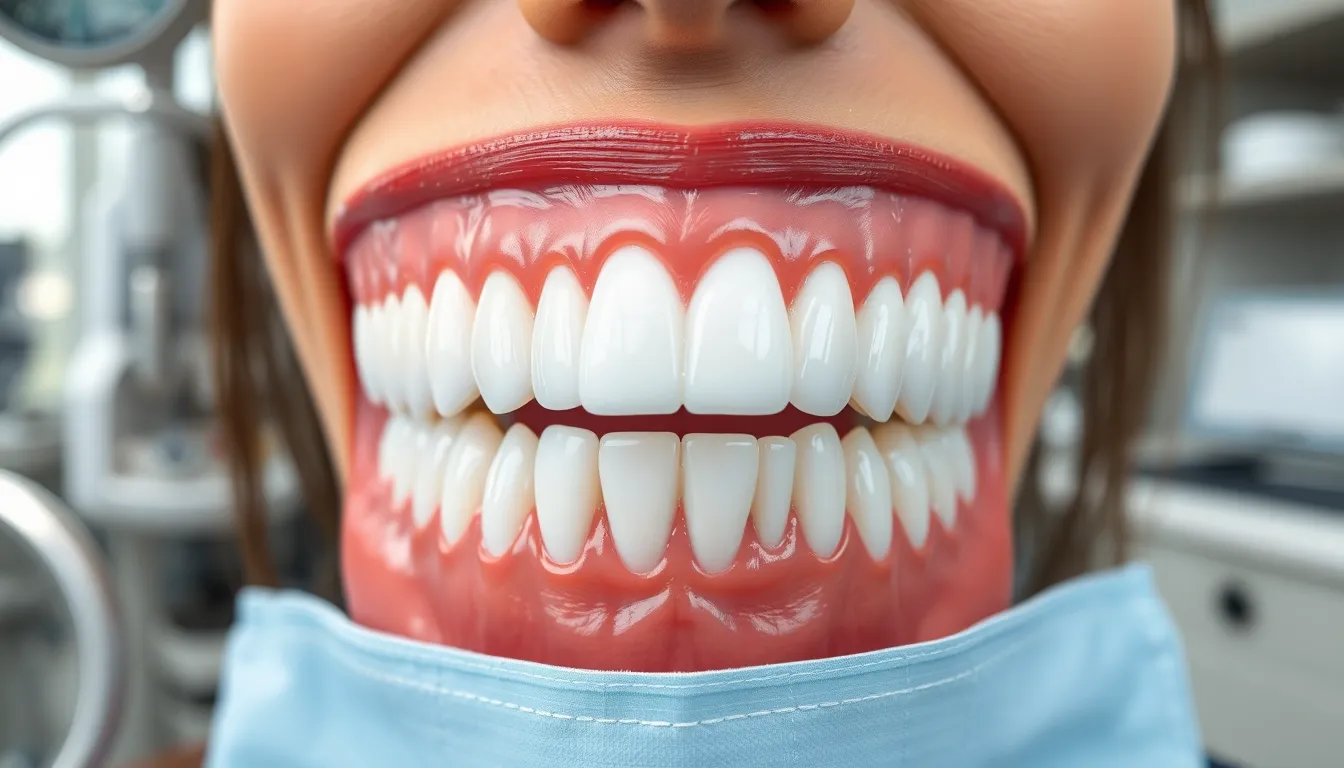
Modern dental bridges employ a variety of high-quality materials that balance aesthetics, durability, and functionality. These materials have evolved significantly over time to meet patient needs and clinical requirements.
Porcelain and Ceramic Options
Porcelain-fused-to-metal (PFM) bridges combine strength with natural appearance by covering a metal framework with porcelain. A potential drawback occurs when gum recession reveals a dark metal line at the gumline, affecting the aesthetic result. All-ceramic bridges offer superior aesthetics with their natural translucency that mimics real teeth, making them particularly suitable for front teeth where appearance matters most. These metal-free options provide excellent biocompatibility but come with a higher price tag and slightly reduced durability compared to metal alternatives. Advanced ceramic substructures can now be bonded directly to teeth, eliminating metal visibility entirely and promoting better gum health.
One of our patients, Sarah, was initially concerned about the appearance of her bridge. “I didn’t want anyone to notice I had dental work done,” she explained. After receiving an all-ceramic bridge for her front teeth, Sarah couldn’t believe how natural it looked—even she had trouble distinguishing it from her natural teeth.
Metal Alloys and Their Applications
Metal alloys in dental bridges include gold, nickel, chromium, and stainless steel, providing exceptional structural integrity in high-stress areas. These materials excel in posterior regions where teeth endure important chewing forces and aesthetic concerns are less prominent. The strength-to-size ratio of metal frameworks creates long-lasting restorations that can withstand years of daily use. Metal components in PFM bridges and removable partial dentures offer reliability, though the visibility of metal can be a cosmetic limitation for some patients.
Zirconia and High-Strength Materials
Zirconia bridges represent a breakthrough in dental materials, offering extraordinary strength and fracture resistance without metal components. This biocompatible material works perfectly for patients with metal allergies and can be precisely color-matched to blend seamlessly with surrounding teeth. Hybrid bridges leverage the benefits of multiple materials by combining a strong zirconia framework with aesthetic porcelain overlays, creating an ideal balance of durability and natural appearance. Fiber-reinforced bridges introduce flexibility into the equation, using composite materials to create lightweight yet strong restorations that look natural and perform reliably.
The Importance of Proper Bridge Design
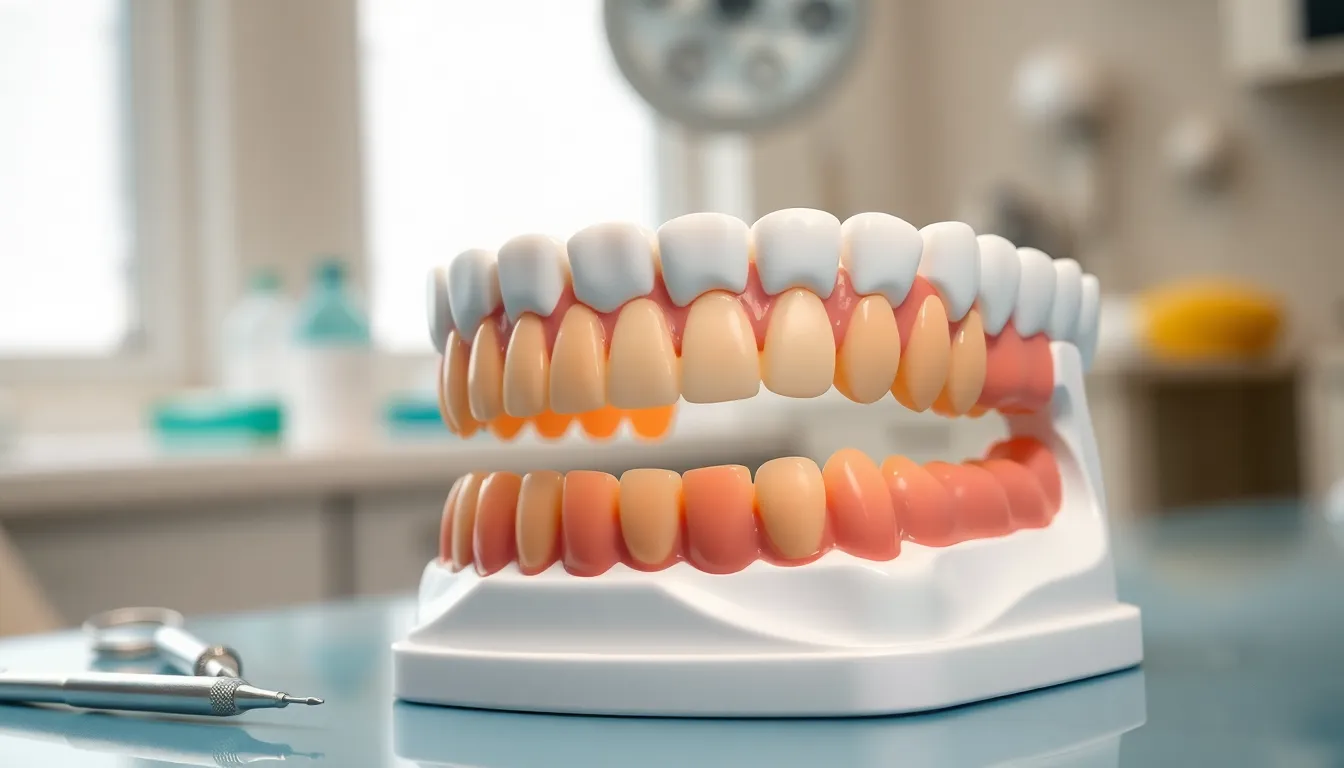
Proper dental bridge design significantly impacts both aesthetics and functionality. A well-designed bridge ensures comfort, natural appearance, and longevity while maintaining oral health.
Anatomical Considerations
The fit and shape of your dental bridge must precisely match your oral anatomy for optimal results. Crowns need to fit snugly over the reshaped abutment teeth, creating a strong foundation that prevents movement or instability. Your pontic must align correctly with adjacent natural teeth and opposing teeth to maintain proper bite function and prevent uneven wear. For implant-supported bridges, the fusion between the implant post and jawbone (osseointegration) creates a stable foundation that mimics natural tooth roots. Dr. Todd B. Harris often explains to patients that “the success of a dental bridge is largely dependent on how well it respects the unique contours of your mouth.”
Bone and gum tissue health plays a crucial role in bridge success. The underlying bone structure must be adequate to support the pressure distributed through the bridge during chewing. Gum tissue around the pontic area should be properly contoured to create a natural emergence profile while allowing for effective cleaning. Many patients like Sarah M. initially worried about the appearance of her bridge, but was thrilled when she saw how her custom-designed bridge perfectly complemented her facial structure and smile line.
Functional Elements for Longevity
Material selection directly affects your bridge’s durability and appearance. Metal alloys provide exceptional strength for posterior bridges where chewing forces are greatest. Porcelain fused to metal combines structural integrity with natural aesthetics, making it versatile for various positions in the mouth. All-ceramic or zirconia options deliver superior aesthetics for front teeth while still offering impressive strength. Each material choice presents different advantages depending on the location of your missing teeth and exact oral conditions.
Occlusal design focuses on how your teeth come together when biting and chewing. Proper occlusion prevents excessive forces on any part of the bridge, protecting both the restoration and supporting structures. The bridge surface should include appropriate contours that direct forces along the long axis of supporting teeth or implants. Precision in this aspect reduces the risk of complications such as fractures, wear, or abutment damage.
Regular maintenance extends the life of your dental bridge significantly. Professional cleanings allow dentists to check for early signs of problems around abutment teeth or under the pontic. Daily home care using specialized tools like floss threaders or water flossers prevents bacterial buildup in hard-to-reach areas. Most dental bridges last 5-15 years with proper care, though many patients report even longer lifespans when following recommended maintenance protocols.
Maintenance and Care for Dental Bridges

Maintaining your dental bridge properly extends its lifespan significantly while preserving your oral health. Daily cleaning routines form the foundation of effective bridge care, preventing complications that could compromise both the bridge and your natural teeth.
Daily Cleaning Techniques
Brushing twice daily with a soft-bristled toothbrush removes plaque and food particles from your bridge and surrounding teeth. Use fluoride toothpaste to strengthen the enamel of your abutment teeth, protecting them from decay. Flossing under and around your bridge requires special attention—many patients find floss threaders or interdental brushes helpful for cleaning these hard-to-reach areas.
“I was concerned about cleaning under my new bridge,” shares Maria, a patient of Dr. Harris. “But once I learned to use a water flosser and interdental brushes, it became part of my routine. My bridge has remained in excellent condition for over 8 years now.”
Foods to Avoid with Dental Bridges
Certain foods pose risks to your dental bridge’s structural integrity. Hard candies, nuts, and ice can create excessive pressure on your bridge, potentially causing damage to the pontics or crowns. Sticky foods like caramels and taffy might dislodge your bridge or pull at the cement holding it in place. Cutting these problematic foods into smaller pieces or avoiding them altogether protects your dental investment.
Professional Maintenance Schedule
Regular dental checkups every six months allow for professional cleaning around your bridge and early detection of potential issues. Your dentist examines the fit and condition of your bridge during these visits, checking for signs of wear or damage. Professional cleanings remove tartar buildup around the abutment teeth—an essential step since these teeth bear additional stress from supporting the bridge.
Dr. Todd B. Harris notes, “Patients who maintain consistent professional care for their bridges typically see their restorations last 5-7 years beyond the average lifespan. The abutment teeth remain healthier, and adjustments can be made before minor issues become major problems.”
Addressing Common Bridge Problems
Looseness in your bridge requires immediate dental attention, as it indicates potential cement failure or damage to the abutment teeth. Sensitivity around the bridge area might signal decay forming under the crowns or gum recession exposing tooth roots. Pain while chewing suggests alignment issues or excessive pressure on certain parts of your bridge that need adjustment.
Using antibacterial mouthwash specifically formulated for prosthetic dental work helps reduce bacterial buildup in the crevices around your bridge. This additional step complements your brushing and flossing routine, creating a more comprehensive approach to bridge maintenance.
Conclusion
Dental bridges represent a remarkable fusion of art and science in modern dentistry. Each component—from pontics and abutments to retainers and connectors—works together to create a restoration that’s both functional and beautiful.
By understanding these elements you’re better equipped to discuss treatment options with your dentist and maintain your bridge properly. The materials and designs available today offer answers for virtually every situation whether you’re replacing a single tooth or multiple teeth.
With proper care and regular dental visits your bridge can provide years of comfortable use while maintaining your oral health and confident smile. This investment in your dental health goes beyond aesthetics to preserve your ability to speak clearly eat comfortably and smile confidently for years to come.
Frequently Asked Questions
What is a dental bridge?
A dental bridge is a custom-made prosthetic device that fills the gap created by missing teeth. It’s fixed in place by attaching to natural teeth or implants on either side of the empty space, restoring both function and aesthetics to your smile while preventing adjacent teeth from shifting.
How long do dental bridges last?
Dental bridges typically last 5-15 years with proper care and maintenance. Many patients report their bridges lasting even longer when following recommended cleaning protocols and attending regular dental checkups. The longevity depends on oral hygiene practices and the health of supporting structures.
What are the main components of a dental bridge?
A dental bridge consists of four key components: pontics (artificial replacement teeth), retainers (attachments that secure the bridge), abutments (teeth or implants that support the bridge), and connectors (parts that join the pontics to retainers). Each component plays a vital role in the bridge’s function and appearance.
What types of dental bridges are available?
There are several types of dental bridges: traditional fixed bridges (most common, with crowns on abutment teeth), cantilever bridges (attached to a single crown), and Maryland bridges (bonded to the backs of adjacent teeth). Each type is designed for specific patient needs and anatomical considerations.
What materials are used to make dental bridges?
Modern dental bridges use various materials including porcelain-fused-to-metal (PFM) for strength and appearance, all-ceramic for superior aesthetics, metal alloys for structural integrity, and zirconia for strength without metal components. Hybrid bridges combine multiple materials to optimize both durability and natural appearance.
How do I clean and maintain my dental bridge?
Clean your dental bridge daily by brushing with fluoride toothpaste and using floss threaders or interdental brushes to clean underneath and around it. Avoid hard candies and sticky foods that could damage the bridge. Schedule regular dental checkups for professional cleaning and early detection of potential issues.
Are dental bridges comfortable to wear?
Yes, properly designed dental bridges are comfortable to wear. They’re custom-fitted to your mouth’s unique anatomy, ensuring a precise fit and shape. After a brief adjustment period of a few days, most patients report that their bridge feels natural when speaking, eating, and smiling.
Can a dental bridge affect my speech?
Initially, you might experience minor speech changes as you adjust to having the bridge in your mouth. However, these effects are typically temporary and resolve within a few days as you become accustomed to the bridge. In fact, dental bridges often improve speech that was previously affected by missing teeth.
What happens if my dental bridge feels loose?
If your dental bridge feels loose, contact your dentist immediately. Do not attempt to fix it yourself or continue using it normally. A loose bridge could indicate issues with the cement, damage to supporting teeth, or changes in your mouth’s structure that require professional attention.
How do I know if a dental bridge is right for me?
A dental bridge might be right for you if you have one or more missing teeth, have healthy teeth or implants on either side of the gap, and want a fixed (non-removable) solution. Your dentist will evaluate your oral health, bone structure, and specific needs to determine if a bridge is the best option.

